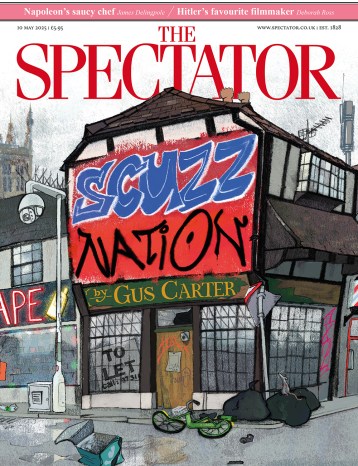It is hard to imagine any Victorian man living a fuller life in a flimsier body than Robert Louis Stevenson – and he certainly wouldn’t have managed it without the support of his partner and wife of several decades, Fanny Van de Grift. Born in Edinburgh on 13 November 1850, Louis suffered from countless childhood illnesses that limited his activity to reading books, writing stories and staging ‘pasteboard theatre’ productions with his nanny, or else travelling to health spas in Marseille, Genoa and Naples.

Disagree with half of it, enjoy reading all of it
TRY A MONTH FREE
Our magazine articles are for subscribers only. Try a month of Britain’s best writing, absolutely free.
Already a subscriber? Log in






Comments
Join the debate, free for a month
Be part of the conversation with other Spectator readers by getting your first month free.
UNLOCK ACCESS Try a month freeAlready a subscriber? Log in